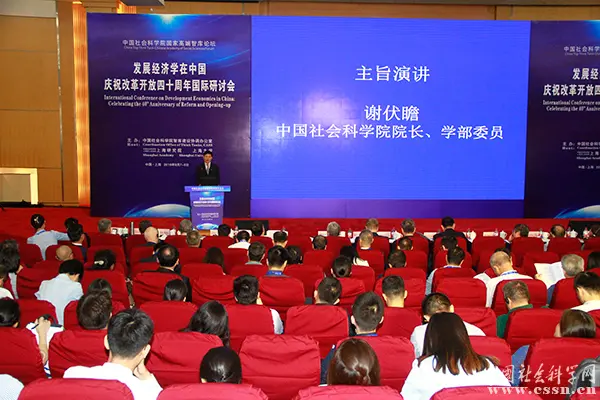With only two years to go big challenges remain for the Asia Pacific to meet the Millennium Development Goals.
How prepared is the Asia Pacific region to meeting the Millennium Development Goals (MDGs)? A fresh study done by the Asian Development Bank (ADB) said last week Asia and the Pacific face a daunting unfinished development agenda when the MDGs expire in 2015.
The focus in this fast growing region should be on the glaring gaps in its MDG achievements; eradicating extreme poverty and making better progress on human development, especially reducing infant deaths and improving maternal health.
Confronting the environmental degradation caused by the region’s rapid economic growth, presents another critical challenge for the post-MDG era.
A global debate is already under way on the best way to tackle the challenges of a post-2015 development agenda. To contribute to this discussion, Independent Evaluation at the Asian Development Bank (ADB) has just released a study title ‘ADB’s Support for Achieving the Millennium Development Goals’. The report assesses the region’s progress and ADB’s contribution. The study also seeks to answer a question that will be crucial for a new agenda; does setting goals make a difference to development results?
Adoption of the MDGs, which the United Nations announced in 2001, by governments in Asia and the Pacific offered great promise for focusing attention on the poor and accelerating socioeconomic development. Among the eight MDGs are targets to halve the number of people living in extreme poverty, attain universal primary education, and promote environmental sustainability.
Asia and the Pacific performed very well on reducing income poverty, which fell from 55% in the early 1990s to 24% by the late 2000s, a historically unprecedented global achievement. Even so, the region continues to account for two-thirds of the world’s poor, vast numbers of them concentrated in South Asia. Rising inequality across the region is hampering progress in reducing poverty.
“Despite the past record of high economic growth, a sharp reduction in poverty remains a top development priority beyond 2015, says Independent Evaluation’s Director General Vinod Thomas. “The findings of this study, coupled with other evaluative evidence, indicate that continuing the same pattern of growth will not be enough to stem rising inequality nor reverse environmental degradation in time; problems that in turn threaten sustained economic growth.
Wealth gaps between rich and poor have widened in about half the region’s economies, home to some 80% of its population. Furthermore, Asia’s inequality, like the rest of the world’s, is not limited to income poverty, as much of the region also suffers from large disparities in the provision of basic services. The quality of economic growth is essential.
“The human cost of neglecting the quality of growth in this successfully expanding region is large, as shown by the high incidence of malnutrition and stunting among children in India, the health consequences of chronic air pollution in the People’s Republic of China, and the grim death toll in the recent collapse of a garment factory in Bangladesh, said Thomas.
Considerable gaps remain in the state of human development in the region, indicating that a positive link between economic growth and human development is not automatic. For example, the number of underweight children aged below five only declined modestly over two decades; from 35% in the early 1990s to 25% by the late 2000s.
The link between rapid economic growth and the environment is complex, with slow progress and even regression on some environmental targets in many countries. Linda Arthur, the study’s principal author, said: “Several environmental indicators are unlikely to meet their 2015 cut-off values, notably for CO2 emissions, forest cover protection, and improved sanitation.
Did setting goals make a difference to development results beyond historically expected trends? Country case studies for India, the Kyrgyz Republic, the Lao People’s Democratic Republic, Mongolia, and Papua New Guinea show that some of these countries adjusted policies and budgets because of the MDGs, leading to better performance on several indicators. Importantly, many development institutions redirected their financial support to MDGs.
But goal-setting ran into problems because of the limited resources and capacity in many countries to implement the MDGs. Poor data collection and data quality meant that many countries were unable to adequately track their MDG progress. This renders planning for further support to reach the MDGs by 2015 difficult and planning for the post-2015 agenda even more so.
“The data issue must be addressed when considering new targets for the post-2015 period, said Arthur, “but the evidence on balance supports the positive effects of goal setting.
Some US$ 32 billion of ADB’s total sovereign financing between 2002 and 2011, the period covered by the study, was for direct MDG support. Projects and programs aimed at reducing income poverty and promoting environmental sustainability, comprised the major share of that portfolio, while MDG support for human development was less prominent. The study found that interventions directly supporting the MDGs were notably more successful than ADB’s overall historical average.
Looking at ADB’s potential contribution to a post-2015 development agenda, the study suggests that a focus on countries and goals whose development progress falls furthest below a minimum standard is warranted. The best way forward for Asia and the Pacific will be a balanced pursuit of poverty reduction, human development, and environmental sustainability.
Yet in a region beset by massive income disparity, large population and limited resources, this is a tightrope that many will fall off of.
Uditha Jayasinghe
APD staff writer
 简体中文
简体中文

